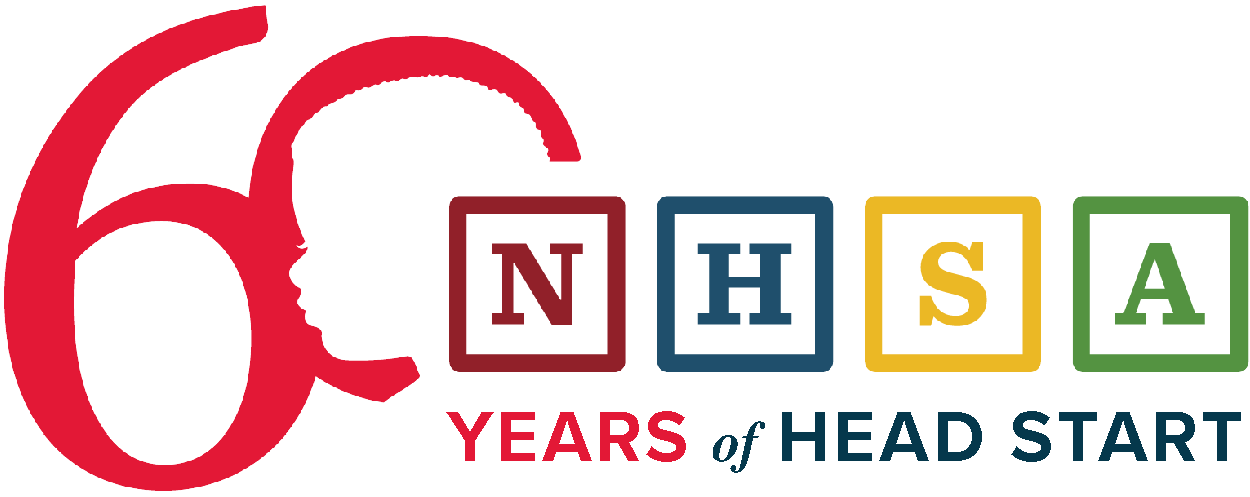Head Start: A Proven Model for Child Care for All
For more than 60 years, Head Start has been a launchpad for success — serving nearly 40 million children across all 50 states. It’s also been a lifeline for parents, enabling them to pursue employment or education with the confidence that their children are being nurtured, supported, and engaged in high-quality early learning environments.
A recent column on America’s growing child care crisis pointed to Head Start as a rare but powerful example of successful government involvement. And they’re absolutely right. Head Start demonstrates what’s possible when federal and local efforts unite around a shared priority: children and families.
Supported by decades of bipartisan commitment, Head Start has not only survived — it has continually evolved. Our national standards are grounded in the latest research on child development, family engagement, and community support. That research is clear: children thrive when their families are actively involved in their education, and when their basic needs — such as health and nutrition – are met alongside their learning goals.
That’s why Head Start goes beyond traditional child care. Parents and caregivers are partnering in shared decision-making in everything from curriculum choices to budgets. Recognizing that a child’s potential can only be fully realized when their entire ecosystem is supported, Head Start helps families access health care, housing, and employment services.
Today, the cost and availability of child care are stretching millions of families to the breaking point. Head Start offers a proven, scalable model — not just for caring for children, but for uplifting whole families and communities.
The time has come to double down on this investment. Let’s bring the Head Start model to more communities and ensure that every child — regardless of ZIP code — has the opportunity to succeed.
Let’s urge decision-makers to build on Head Start’s legacy and reimagine child care as a public good. The blueprint for doing so effectively is already in front of us.
